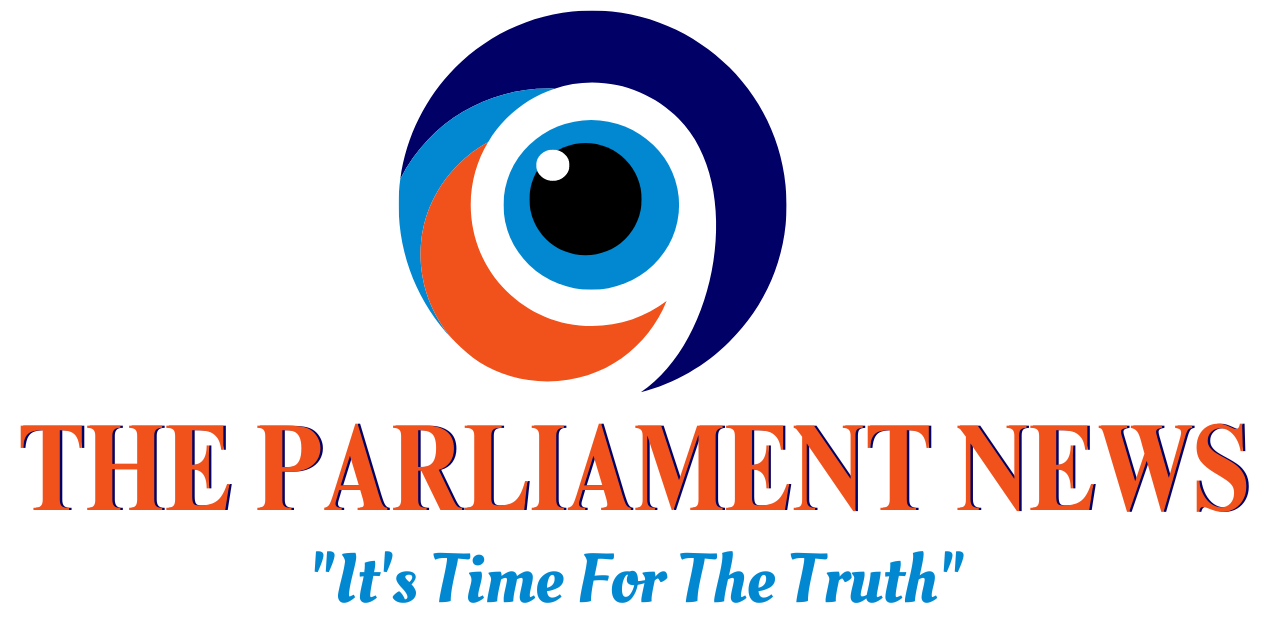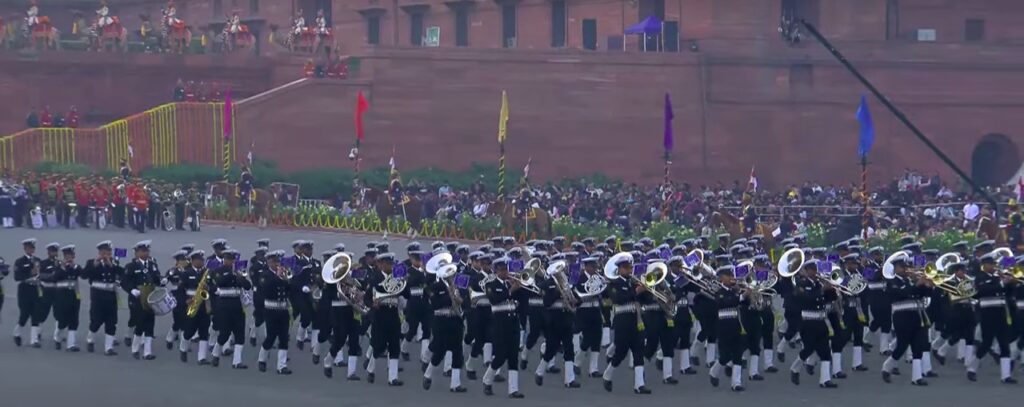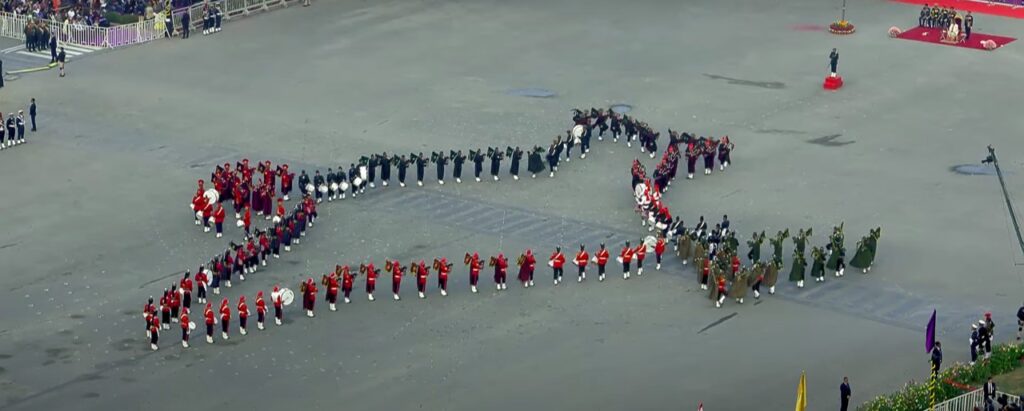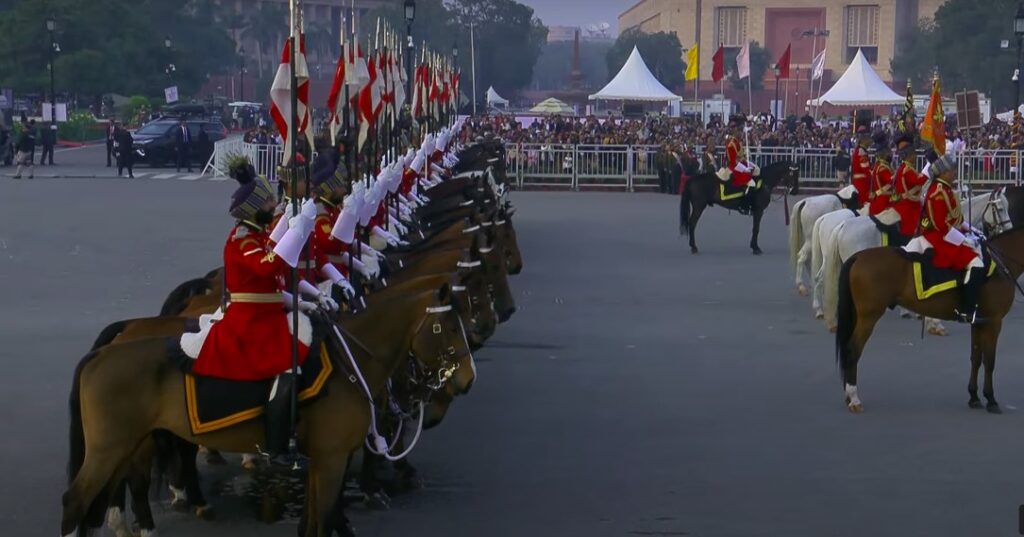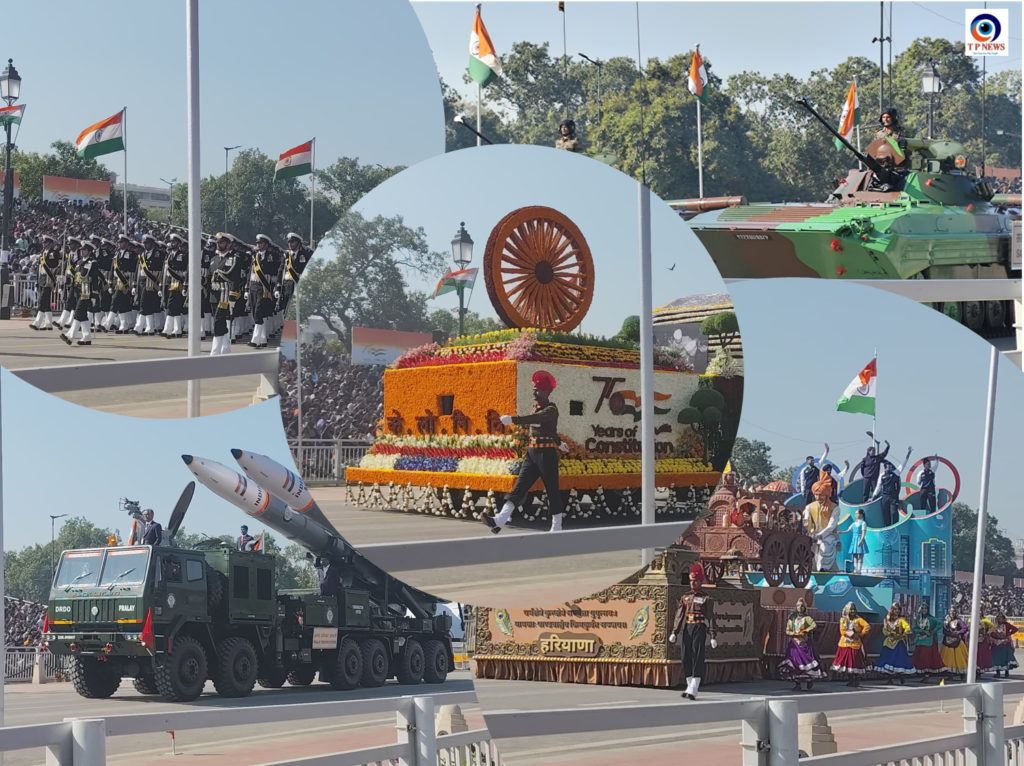European Leaders Recognize Musk’s Role in Defending Fundamental Rights
In a development that has sparked global debate, billionaire entrepreneur Elon Musk has been nominated for the 2025 Nobel Peace Prize in recognition of his contributions to freedom of speech. The nomination, submitted to the Norwegian Nobel Committee, was spearheaded by Branko Grims, a Member of the European Parliament from Slovenia, along with co-proposers who believe Musk has played a transformative role in defending free expression in an increasingly polarized world.
A Nomination Rooted in Musk’s Advocacy for Open Dialogue
The confirmation of Musk’s nomination was shared by Branko Grims on social media, where he posted a screenshot of the official acknowledgment from the Norwegian Nobel Committee. Expressing gratitude to all those involved in the submission, Grims emphasized Musk’s consistent stance on protecting open discourse, a principle that has shaped many of his ventures, from Tesla to SpaceX and most notably, X (formerly Twitter).
“The proposal that Mr. Elon Musk, for his consistent support for the fundamental human right of freedom of speech and thus for peace, receives the Nobel Peace Prize 2025, was successfully submitted today. Sincere thanks to all the co-proposers and everyone who helped with this challenging project!” Grims announced.
A Growing Movement in Support of Musk’s Nobel Bid
This is not the first time Musk’s name has been put forward for such an honor. In February 2024, Norwegian Member of Parliament Marius Nilsen had already proposed Musk’s candidacy, citing his unwavering commitment to fostering dialogue and free speech. Nilsen highlighted how, in an era marked by growing digital censorship and ideological divisions, Musk’s platforms and principles have empowered individuals to express their views freely, making him a key player in the modern fight for democratic values.
“Musk has done more for freedom of speech, which is a basic human right, than anybody else in the third millennium,” Grims had previously stated in an interview with Brussels Signal.
Beyond Free Speech: Musk’s Impact on Global Communication and Security
Musk’s influence extends beyond social media. His technological ventures—Starlink, Tesla, and SpaceX—have played a critical role in making the world more connected and secure. Starlink, for instance, has provided internet access to war-torn regions, helping people communicate in times of crisis. His companies have also contributed to advancements in sustainable energy, space exploration, and AI, shaping the future of technology on a global scale.
The Debate Over Musk’s Nomination
While supporters argue that Musk has redefined the boundaries of free expression, critics question whether his sometimes controversial approach to moderation on X (formerly Twitter) aligns with the values of a Nobel Peace Prize laureate. Nonetheless, the nomination underscores the growing recognition of digital rights as a crucial component of global peace and democracy.
As the 2025 Nobel Peace Prize deliberations unfold, one thing is certain—Musk’s nomination has ignited a worldwide conversation on the role of free speech in shaping the future. Whether or not he ultimately secures the prize, his influence in the domain of public discourse remains undeniable.
